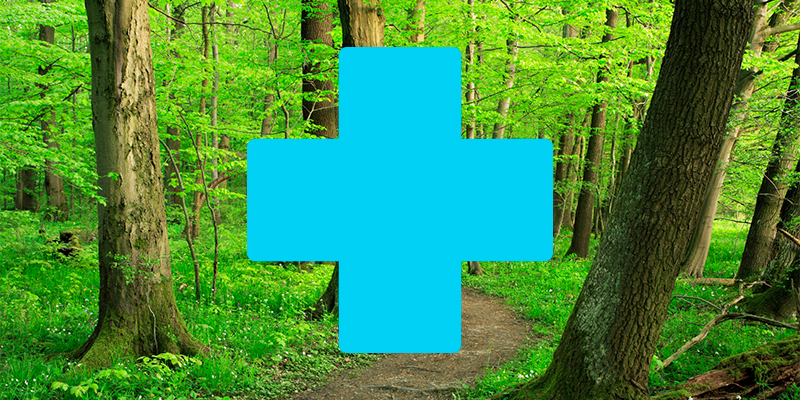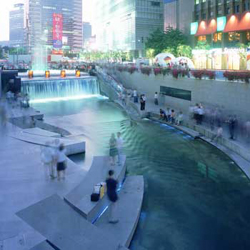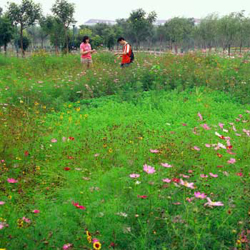Professional Practice
Adult: Depression

Feeling depressed? Exercise, and, for the greatest benefit, exercise outside. Researchers have found that exercise is comparable to anti-depressants in mild to moderate depression. International Journal of Psychiatry in Medicine and Environmental Science & Technology
Rates of depression are at an all-time high. According to the National Center for Health Statistics (NCHS), there has been a 400 percent increase in the number of teens and adults medicated with anti-depressants between 1988-1994 and 2005-2008. Diagnosed cases of Major Depressive Disorder affects 14.8 million Americans or 6.7 percent of the U.S. population and is the leading cause disability in the U.S. for ages 15 to 44.
How Nature Helps
Studies suggest even short periods of time in nature can reduce symptoms of depression. Dutch researchers, who published their findings in the Journal of Epidemiology and Community Health found that living close to parks, or at least near lots of trees, can have far reaching mental health benefits for people. In turn, living in places without parks or trees, especially if you are young or poor, can have major negative impacts.
 ASLA 2009 Professional General Design Honor Award, ChonGae Canal Source Point Park: Sunken Stone Garden, Seoul, Korean, Mikyoung Kim Design / Image credit: Taeoh Kim
ASLA 2009 Professional General Design Honor Award, ChonGae Canal Source Point Park: Sunken Stone Garden, Seoul, Korean, Mikyoung Kim Design / Image credit: Taeoh Kim ASLA 2010 Professional General Design Honor Award, Tianjin Qiaoyuan Park, Tianjin City, China, Turenscape and Peking University Graduate School of Landscape Architecture / Image credit: Kongjian Yu
ASLA 2010 Professional General Design Honor Award, Tianjin Qiaoyuan Park, Tianjin City, China, Turenscape and Peking University Graduate School of Landscape Architecture / Image credit: Kongjian YuResearch
"Interacting with Nature Improves Cognition and Affect for Individuals with Depression," Journal of Affective Disorders, 2012
"Exercise for the Treatment of Depression and Anxiety," International Journal for Psychiatry in Medicine, 2011
"Morbidity is Related to Green Living Environment," Journal of Epidemiology and Community Health, 2009
“A Prison Environment’s Effect On Health Care Service Demands,” Journal of Environmental Systems, 1981
Resources
International Society of Nature and Forest Medicine
Organizations
Open Spaces Sacred Places
The American Horticultural Therapy Association
Therapeutic Landscape Network
Role of the Landscape Architect
Landscape architects integrate natural elements like water into cities, making the man-made less harsh. In the case of Mikyoung Kim’s design in Seoul, she’s provided us with the opportunity to enjoy the water and interact with it, and with each other.
Larger, naturalist parks integrated into cities, like Tianjin Qiaoyuan Park, allows people to step away from the noise and stresses of the city and find places for quiet contemplation or opportunities to gather with each other.
Case Studies
ChonGae Canal Source Point Park: Sunken Stone Garden, Seoul, Korea, Mikyoung Kim Design
Tianjin Qiaoyuan Park, Tianjin City, China, Turenscape
<< Cognition
General Health >>